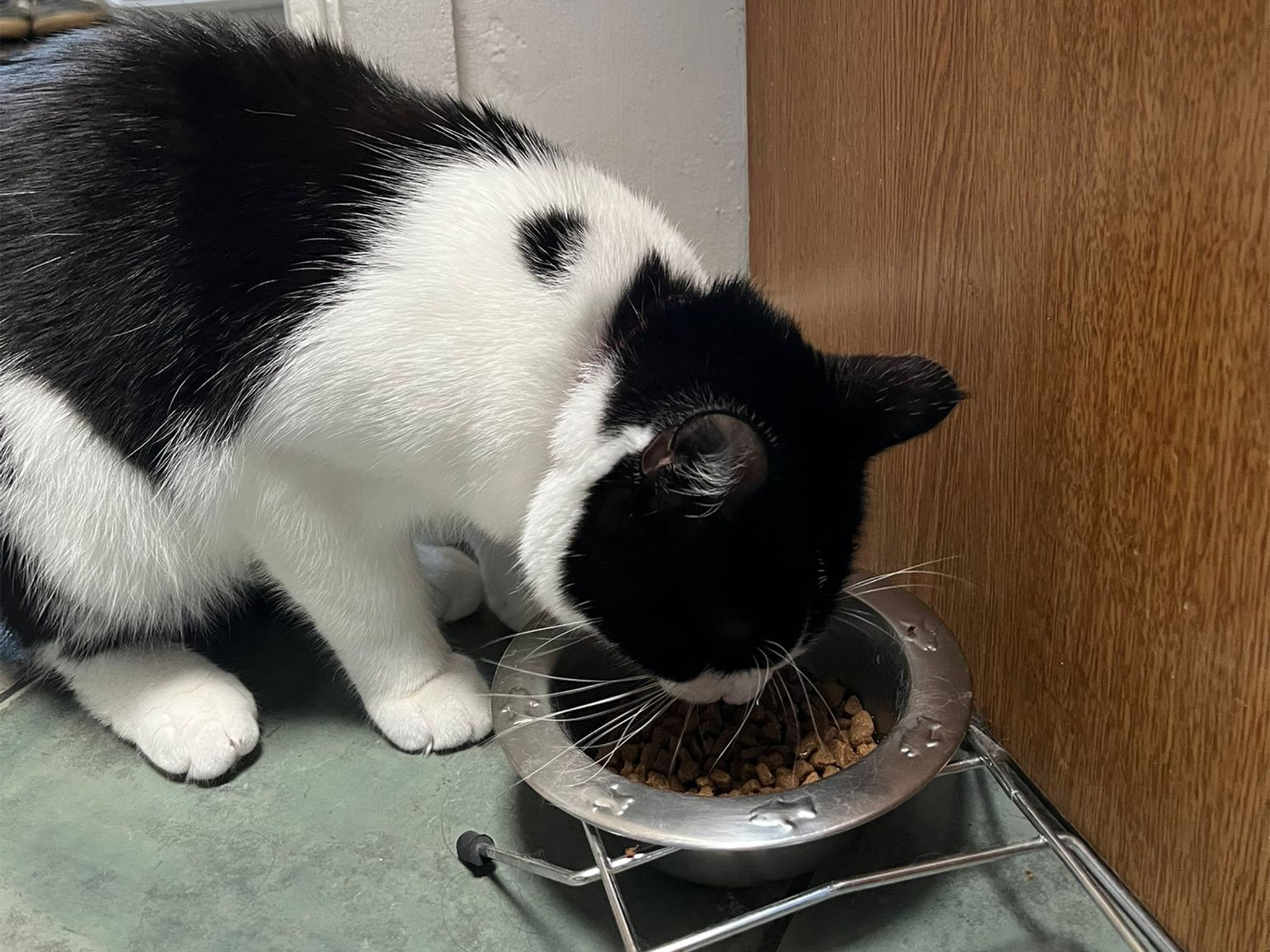Just like people, pets have an impact on the planet, taking on a whole new meaning to the “pets are family members” sentiment.
Recent data has shown that purchasing pet food resembling their own diet with “fresh” and “human-grade” food that needs to be refrigerated comes with a price beyond the pet food budget.
With pets needing to eat every day, feeding your furry friend becomes a climate-intensive decision. Most pets eat meat and the environmental impact of that includes the land the animal lived on, the food it ate, the waste it generated and other factors.
“What else do pets do? We have to feed them. I think that that’s why it’s number one,” said Allison Reser, director of sustainability and innovation at the Pet Sustainability Coalition.
But just like people, a pet's impact on the planet can vary greatly depending on its diet.
Does human-grade mean better?
The marketing of higher-quality pet food suggests that it's healthier.
But there isn't much evidence to suggest refrigerated, fresh or human-grade food leads to better pet health outcomes, according to Alison Manchester, assistant clinical sciences professor at Cornell University’s College of Veterinary Medicine.
“I think a lot of it is playing on marketing and treating pets as members of the family,” said Manchester.
She said traditional kibble and wet food can also provide a perfectly balanced pet diet, and it often makes use of animal parts that aren't palatable to humans and otherwise might have been wasted.
Billy Nicholles, pet food researcher with Bryant Research, said the trend of using human-grade meat in pet food increases its climate impact because pets aren't just eating animal parts that would have otherwise gone unused.
“We definitely can’t dismiss these impacts altogether by just saying these are the offcuts, these are environmentally negligible,” he said.
Reducing your pet's climate pawprint
In the U.S., feeding dogs and cats accounts for more than a quarter of the environmental impact from meat consumption. The pollution created from the meat that dogs and cats consume in the U.S. is equivalent to the pollution created from driving 13.6 million cars for a year, according to a UCLA study.
One common and easily solved problem is giving less food to overweight pets.

“Not only does (overfeeding) mean that the dog’s going to have a poorer quality of health,” Nicholles said. “It also means that we’re increasing to those environmental impacts as well.”
The American Kennel Club said diet makes up the majority of a dog's weight problem, so fixing it relies mostly on making sure it's eating the right number of calories (treats included).
Protein should make up roughly 18% of an adult dog's diet and roughly 26% of an adult cat's diet, according to the Association of American Feed Control Officials.
Manchester said it’s possible for dogs to be healthy on a vegan diet.
“Dogs can get plenty of protein and the right balance of protein without actually ingesting any meat,” Manchester said.
Cats rely more on animal products. Manchester said she doesn’t know of a balanced, commercially available vegan cat food. That means minimizing their impact comes from choosing less pollutive meat options when possible. Beef is the most pollutive protein. Chicken and fish are lower-impact, and plant-based options pollute the least.

Manchester also recommends buying pet food instead of making it at home or feeding pets table scraps. She said that there's “a lot of room for error” with balancing the nutrients in homemade pet food that can lead to nutrient deficiencies, bone or heart problems and other health issues.
Picking the right brands
For those looking to avoid human-grade dog food, Reser said to check the label and avoid ingredients that sound appetizing to humans, such as high-quality chicken breast meat. Ingredients such as organ meats or crickets indicate that the protein is coming from byproducts or more sustainable sources. These steps can be done when shopping at grocery stores or large pet supply stores.
But for those who want to go further, some of the most sustainable brands might cost more, or require more research because they aren't available in physical stores or on major websites. Some may require a vet's prescription.
The brands that focus on sustainability might have labels that show they are climate neutral certified, that they're regenerative organic certified or that they're a certified B Corp.
Other things to consider
Diet isn't the only factor to consider. The type of pet, its breed and where it came from all affect its impact.
For example, buying a dog from a breeder creates demand for that breeder to make more dogs. Nicholles said a dog in a shelter already has a “priced-in” carbon impact.
“If there are dogs in the world that already exist that need homes, that seems to be a more responsible decision for the planet than going through a breeder,” said Reser.
Nicholles says, generally, the smaller the pet, the smaller the carbon footprint.
For some pets, size just doesn’t change much. Most cat breeds fall into a narrow size range. But dogs can vary greatly in size, and thus climate impact. Smaller dogs not only eat less, but create less waste and use crates and other accessories that require less material to make.
“It matters a lot, for the slightly obvious reason that a larger dog is going to be eating many, many more calories,” said Nicholles.
Reser said accessories that come from regenerative, durable or recyclable materials can often have a lower impact and need less frequent replacement.
Or, for a cat like Reser’s that gets bored of toys quickly, try a completely different tact.
“I make her toys out of trash, honestly,” she said. “Like a piece of newspaper or a receipt, she loves.”
‘At 50, I feel happier than I did in my 30s’: Clodagh McKenna on food and self-love
A Cornish deli trademarked a word for vegetables – and all hell broke loose
The antibacterial kitchen herb that can help prevent infections
Thank you John Lewis, old-school raver dads like me finally feel seen
The sweet spice that can fight depression and ease menopause symptoms







